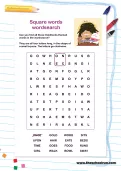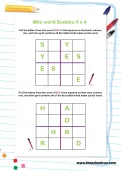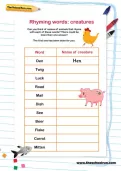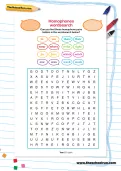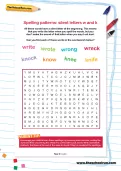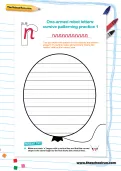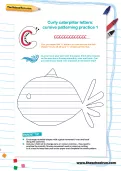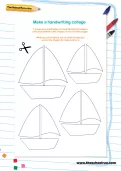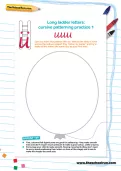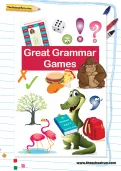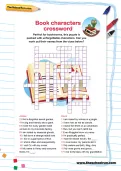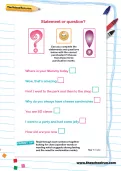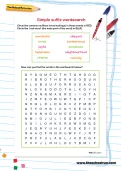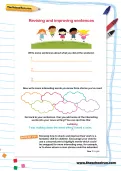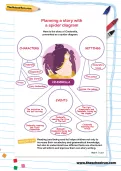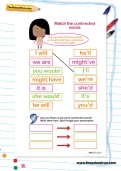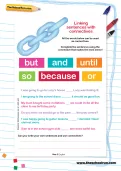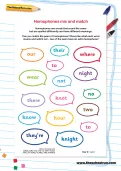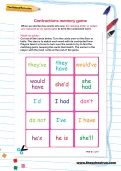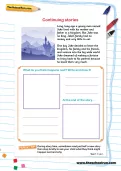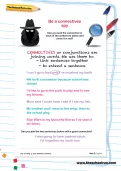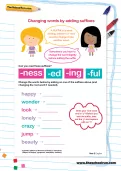Learning to make smooth, flowing movements is vital to develop a confident cursive writing style. Help your child get to grips with joined-up writing with our patterning worksheets, developed in association with the National Handwriting Association.
or
Register to add to your saved resources
Already a subscriber? to view this content.
Grab some felt tips and settle down for some handwriting practice! Our cursive patterning worksheets help children develop their 'joined-up' writing skills by encouraging smooth, flowing movements and shapes that are consistent in size and setting.
or
Register to add to your saved resources
Already a subscriber? to view this content.
Add some colour and fun to handwriting practice by creating a patterns collage. Perfect for developing 'joined-up' writing skills, especially if the resulting artwork takes pride of place on the fridge!
or
Register to add to your saved resources
Already a subscriber? to view this content.
Help your child begin to join their letters with our cursive patterning worksheets, developed in association with the National Handwriting Association. Patterns made with "long ladder" letters are the first step to joined-up handwriting.
or
Register to add to your saved resources
Already a subscriber? to view this content.
From proper nouns to pronouns, statements to subordinate clauses and articles to adverbs, help your child revise grammar the fun way with our Great Grammar Games learning pack. A friendly, grammar- and flamingo-obsessed Grammar Gator offers tips, tricks, exercises and activities to help your child practise all aspects of basic English grammar in play-packed sessions.
or
Register to add to your saved resources
Already a subscriber? to view this content.
Classic characters are unforgettable, whether they're falling down unusual rabbit holes, prowling through the jungle or breaking their slates over unfortunate classmates' heads. How many famous characters from children's literature can you identify in this crossword puzzle?
or
Register to add to your saved resources
Can you complete these statements and questions with the correct punctuation? Look for clues (question words or wording which suggests strong feeling and the need for exclamation marks).
or
Register to add to your saved resources
Already a subscriber? to view this content.
Circle the common suffixes (word endings) in these words in RED. Circle the ‘root word’ (the main part of the word) in BLUE. Now can you find the words in the wordsearch?
or
Register to add to your saved resources
Already a subscriber? to view this content.
Write some sentences about what you did at the weekend. Now write some interesting words you know from stories you’ve read. Go back to your sentences. Can you add some of the interesting
words into your news writing?
or
Register to add to your saved resources
Already a subscriber? to view this content.
Alfie’s homework is to write some questions. He is going to use these words to help him: what; where; how. Do you know any other words Alfie could use to write a question? Can you also add the correct punctuation for a question?
or
Register to add to your saved resources
Already a subscriber? to view this content.
A Year 1 English worksheet created by an experienced teacher to help your child plan a story by creating a spider diagram.
or
Register to add to your saved resources
Can you match the two words on the left with their contracted form on the right? Then, think of some more contracted words and write them down. Don’t forget your apostrophe!
or
Register to add to your saved resources
Already a subscriber? to view this content.
All these words can be used as connectives. Complete the sentences using the connective that makes the most sense!
or
Register to add to your saved resources
Already a subscriber? to view this content.
Can you find these homophone pairs hidden in the wordsearch below?
or
Register to add to your saved resources
Homophones are words that sound the same but are spelled differently and have different meanings. Can you match the pairs of homophones? Describe what each word means and watch out – two of the pairs have an extra homophone!
or
Register to add to your saved resources
Already a subscriber? to view this content.
When we shorten two words into one, the missing letter or letters are replaced by an apostrophe to form the contracted word. Practise matching words with their contracted form with this contractions memory game.
or
Register to add to your saved resources
Already a subscriber? to view this content.
Read the beginning of this story. What do you think happens next? Write and draw it!
or
Register to add to your saved resources
Already a subscriber? to view this content.
Connectives or conjunctions are joining words. Can you spot the connective in each of the sentences below and circle it in red?
or
Register to add to your saved resources
A SUFFIX is a word ending, added to a ‘root’ word to change it into another word. Can you change these words by adding a suffix (and changing the root word if needed)?
or
Register to add to your saved resources
Already a subscriber? to view this content.
A simple writing activity to help your child practise the question and answer format of reading comprehension work. They'll also need to draw a picture to show they understand what greedy Goldilocks is doing in the text.
or
Register to add to your saved resources
Already a subscriber? to view this content.
